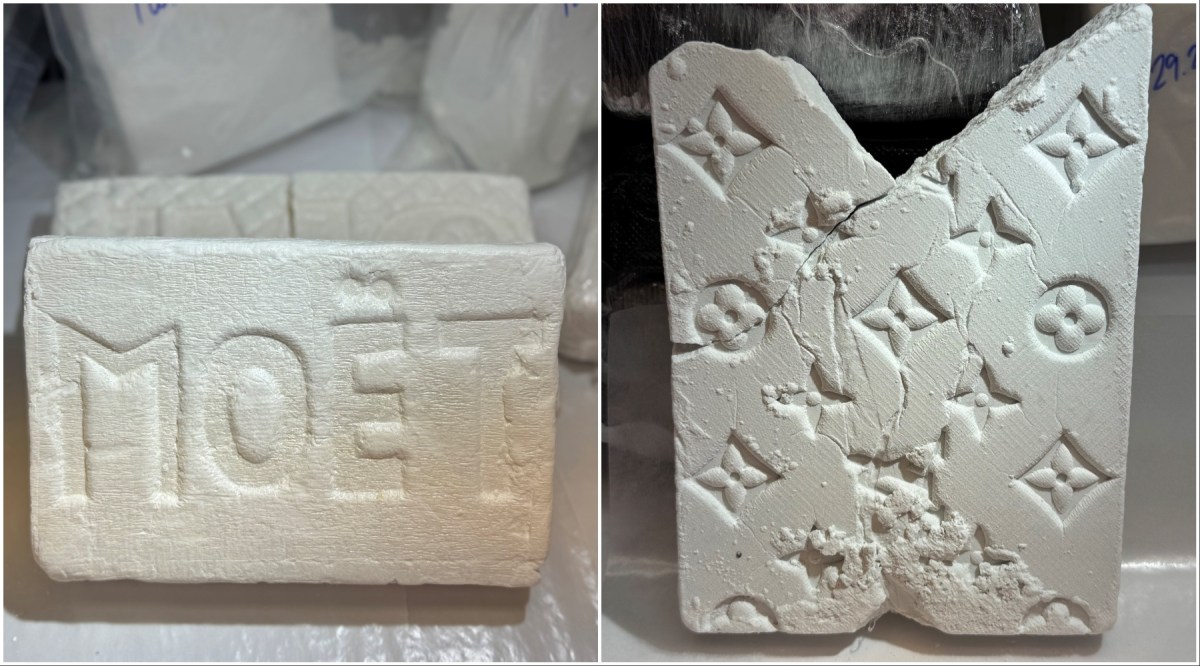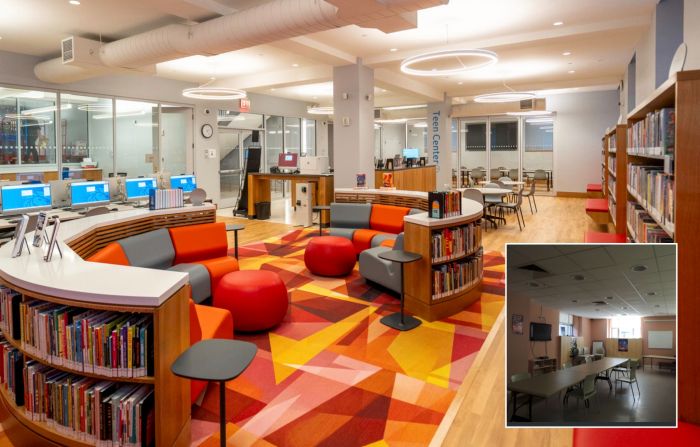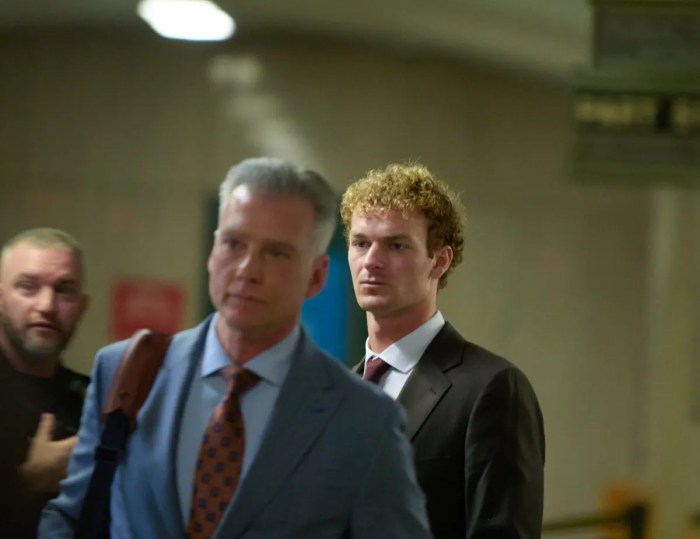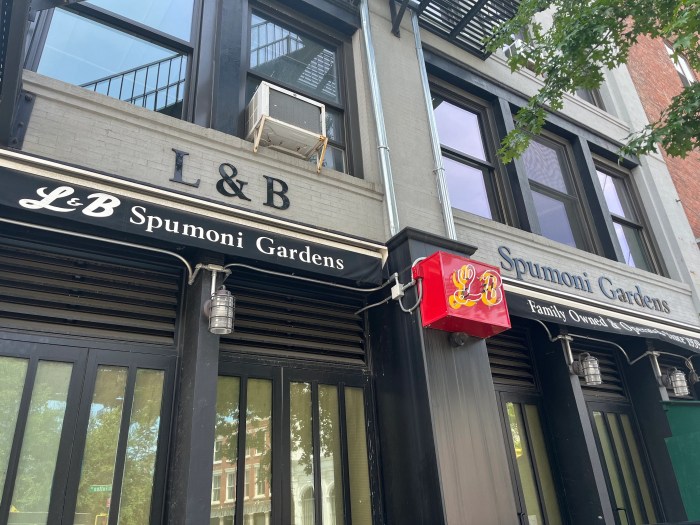By Patrick Hedlund
Hudson hotel no-go
The investment firm that partnered with Trinity Real Estate to redevelop a former manufacturing building in Hudson Square reportedly lost more than $50 million when the landlord severed ties with the developer last year.
Tribeca Associates, which arranged a deal with property owner Trinity in 2007 to convert 330 Hudson St. into a 22-story luxury hotel with office and retail space, was dismissed by the landlord late last year for reportedly not fulfilling its obligations under the agreement.
According to reports, Trinity had moved to foreclose on the project earlier in 2009 based on claims that Tribeca Associates had slowed its progress due to the recession. This, following the $35 million Tribeca Associates had already invested in demolition, environmental abatement, building stabilization, foundation pouring and steel work, according to Real Estate Weekly. Under the 99-year lease, the developer also paid roughly $15 million up front for three years’ worth of rent.
Erin Roeder, Trinity’s director of strategic neighborhood development, could not comment directly on the project, stating only that plans have returned to the drawing board. “The property is back in our possession, and we’ll be exploring options from here on out,” she said.
Real Estate Weekly suggested that Tribeca Associates might have earned the landlord’s ire when it attempted to lure a commercial tenant away from a Trinity property to take space at 330 Hudson. After Trinity refused to let the tenant, Penguin Books, terminate its lease to move into the renovated building, the landlord renewed the tenant’s lease at another of its nearby properties.
Rents still dropping
Rental prices for most Downtown apartments continued to drop in the year’s first month, hinting that the market hasn’t yet fully bottomed out.
According to a January rental market report from the Real Estate Group New York, the Soho experienced a decrease of 3.82 percent in the average rental price for doorman and non-doorman studios through two-bedrooms since the previous month.
The Lower East Side weathered a 4.18 percent overall reduction, with only one unit type — non-doorman two-bedrooms — showing gains month over month.
But the Financial District saw a modest, 2.18 percent gain overall, with doorman units rising across the board by an average of 6.28 percent.
Tribeca, which along with Soho touts the city’s highest average rental prices, experienced a 1.63 overall drop, with all one- and two-bedroom apartment types suffering reductions.
Battery Park City, where only doorman units were recorded in the report, saw an increase of less than 1 percent overall, including a 3.77 jump in the average price of two-bedrooms.
Manhattan-wide, the largest drops occurred in these same Downtown neighborhoods, with Tribeca doorman two-bedrooms falling by an average of 6.4 percent, Financial District non-doorman studios dropping by 6.12 percent, Village doorman two-bedrooms decreasing by 7.29 percent, L.E.S. non-doorman studios slipping by 8.34 percent and Soho non-doorman two-bedrooms falling by 6.12 percent.
Meanwhile, rents in the Financial District fell last year by nearly 10 percent on average for all residential apartment types while the neighborhood’s vacancy rate more than doubled, according to a report by Platinum Properties.
Single professionals benefited most from the downturn, with rents for studios that include a home office decreasing by 11.1 percent — dropping from an average of $2,981 per month in 2008 to $2,649 last year — the most of all the unit types surveyed.
Rents for traditional studios slipped by 9.88 percent last year—from $2,453 per month in 2008 to $2,211 — while one-bedrooms decreased by 8.3 percent (from $3,059 in 2008 to $2,901 last year).
Two-bedrooms saw the smallest reduction, 7.82 percent, as average rents fell from $4,280 in 2008 to $4,074 last year.
The Financial District had been steadily growing the two years prior to 2009, with average overall gains of 4.89 percent in 2008 and 9.41 in 2007.
The neighborhood’s vacancy rate rose from 2.28 percent in 2008 (of 6,686 total units counted) to 4.98 last year (7,649 units).
Fire sale
Village preservationists are hoping that the well-known buyer of a historic South Village firehouse will maintain as much of the century-old property’s original character as possible.
The building, formerly operated by the New York Fire Patrol, at 84 W. Third St., was reportedly snatched up by CNN uber-anchor Anderson Cooper for $4.3 million last September.
The four-story, Beaux Arts property — complete with indoor fire poles, spiral staircases and murals chronicling the Fire Patrol’s history — represents one of only three remaining firehouses for the now-defunct organization.
West Village/Chelsea architect Cary Tamarkin is handling the build-out, according to city records, and work has already begun at the site, with permits issued for “demolition of interior partitions and plumbing fixtures.”
The Greenwich Village Society for Historic Preservation recently got the New York State Historic Preservation Office to consider the property for inclusion in the State and National Registers of Historic Places, which would afford the owner tax breaks and incentives for preserving as much of the building as possible.

































